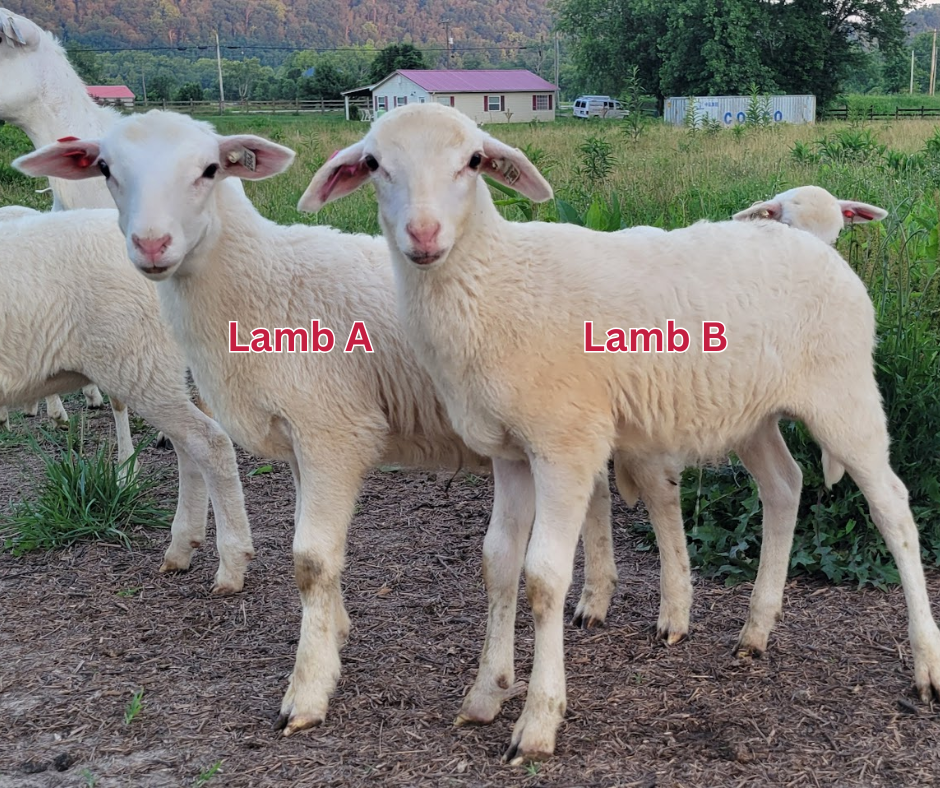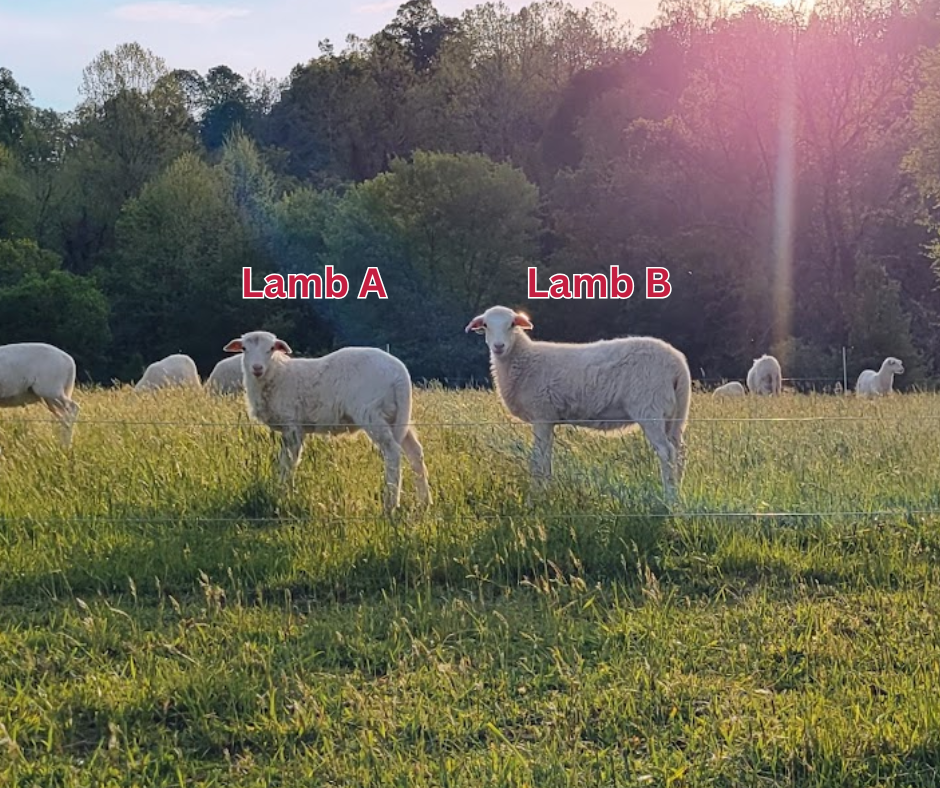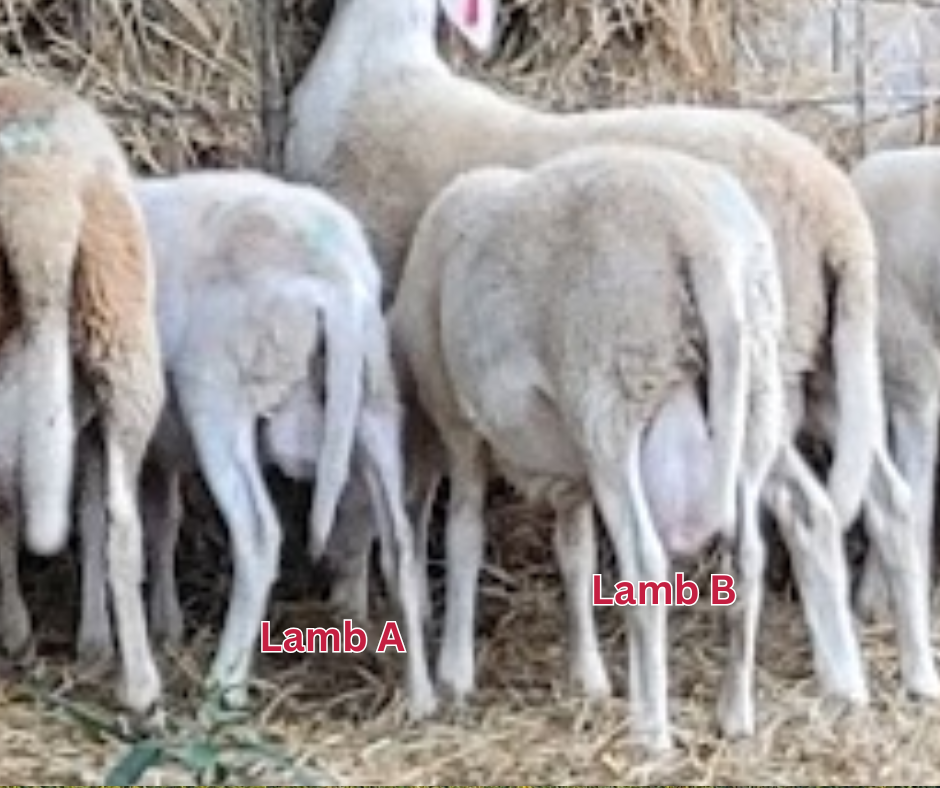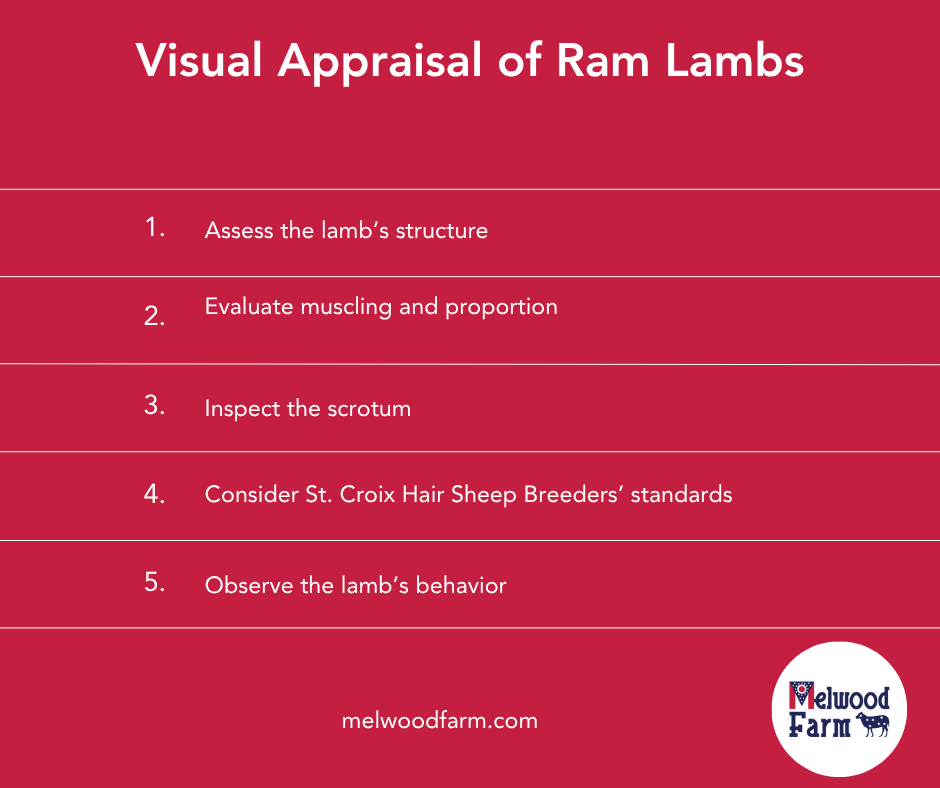Visual appraisal, when done systematically, helps identify rams with the potential to enhance traits like growth and conformation. Selecting replacement ram lambs is a critical step in improving flock genetics and productivity. Here’s a quick guide to how I evaluate young ram lambs for breeding.
Structural Soundness
I start by assessing the lamb’s structure. A breeding ram should have a strong, balanced frame with straight legs, strong bone, and correct pasterns. I look for a deep chest, wide ribcage, and a level topline. I cull lambs with faults like splayed feet, weak pasterns, sickle hocks, or a swayed back. These problems can lead to mobility issues and reduced longevity.
Body Conformation and Muscling
Evaluate muscling, especially in the loin, hindquarters, and shoulder. A well-muscled ram contributes to faster-growing prodigy. Feel the loin for width and depth, and check the hindquarters for fullness. The lamb should have a proportional body, neither too lean nor overly fat, indicating good growth potential.
Reproductive Traits
Inspect the scrotum for size and symmetry. Testicles should be firm, evenly sized, and free of abnormalities. Scrotal circumference is a key indicator of fertility—larger measurements (within breed standards) often correlate with higher sperm production. Ensure the ram’s sheath is free of defects that could hinder breeding.
Breed-Specific Traits
Consider St. Croix Hair Sheep Breeders’ standards for coat color and horn presence. I prioritize growth rate and carcass quality. The ram should exemplify the traits you aim to reinforce in your flock.
Temperament and Vigor
Observe the lamb’s behavior. A good breeding ram is alert, active, and manageable. Avoid overly aggressive or excessively timid lambs, as temperament can impact handling and breeding success. I do not retain ram lambs that have directly challenged me.
Tips for Success
- Evaluate lambs as they grow, but particularly at 4-6 months, when traits are more apparent.
- Compare lambs within the same age group and management conditions.
- Combine visual appraisal with performance data in NSIP (e.g., weaning weights), health checks, and genetic records for optimal breeding decisions.
- Consult St. Croix Hair Sheep Breeders guidelines to align with breed standards.
By focusing on structure, muscling, fertility, and breed traits, you can select ram lambs that will strengthen your flock’s genetic foundation. Regular appraisal hones your eye and drives long-term flock improvement.
Practice Visual Appraisal
Here are some examples of ram lambs in my pasture over the last two years. Each pair of lambs is from the same age group and management style. What do you see?



How does the bone density compare in these two lambs at 30 days of age?
What do you see when looking at the profiles of these two 6-week lambs?
What do you notice about these two 120-day ram lambs? Which would you rather take home?

